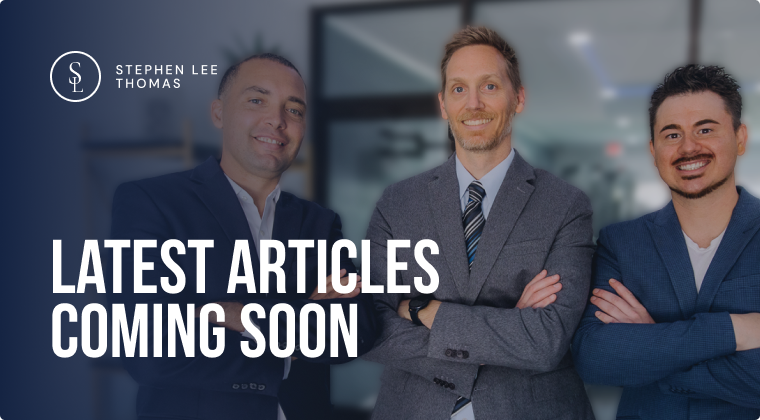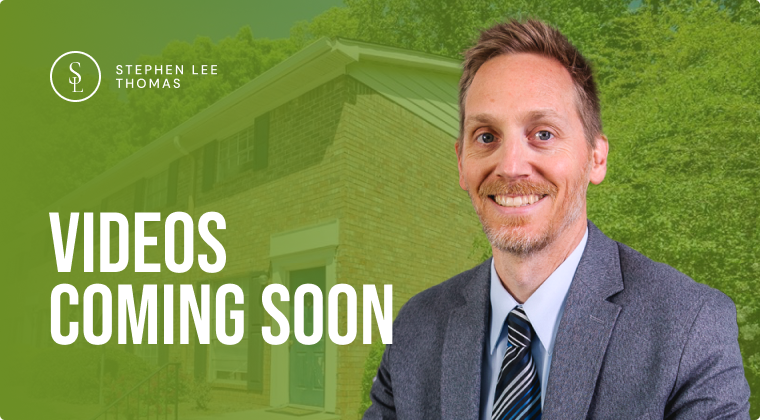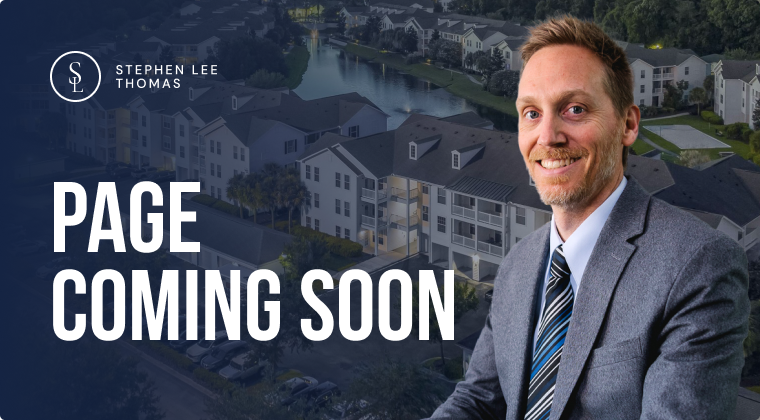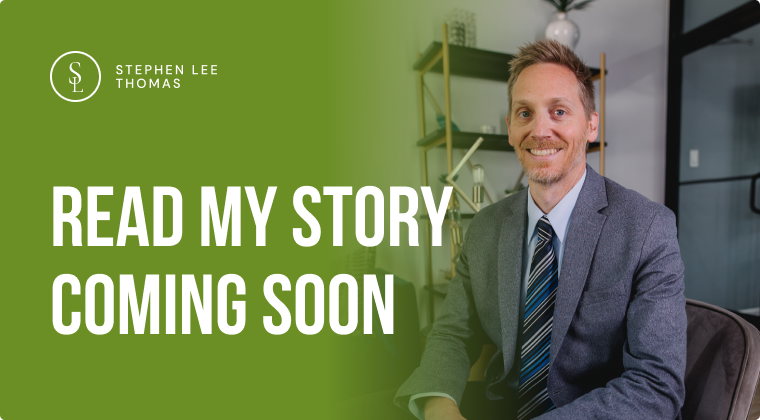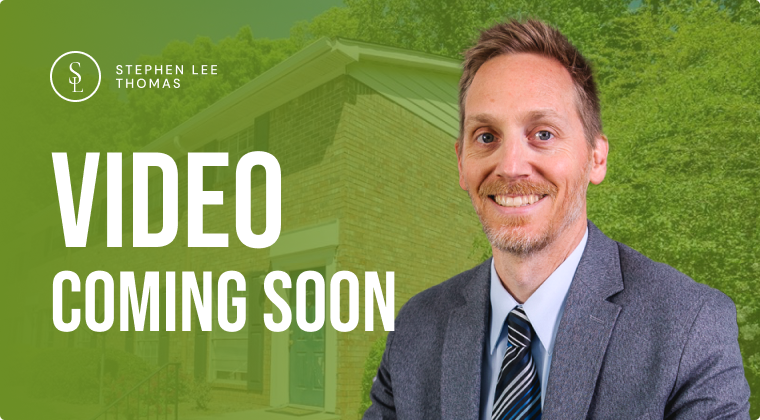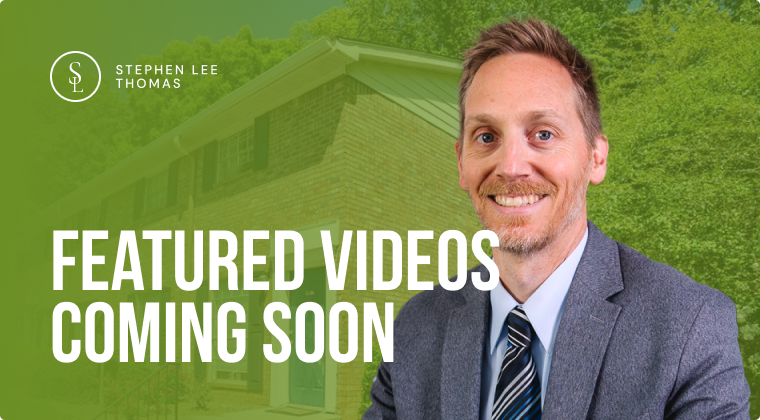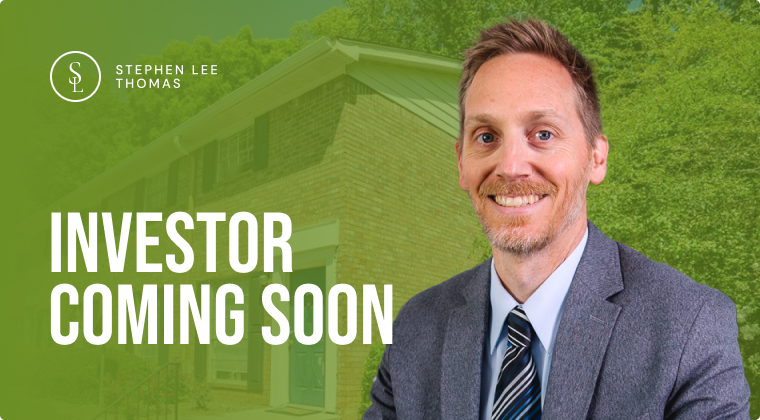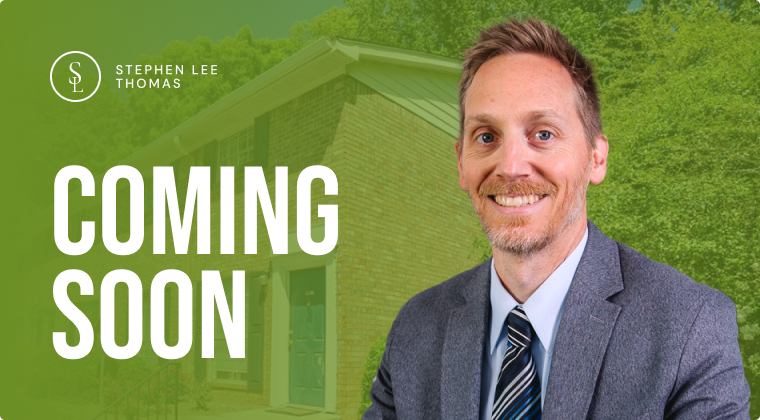I recently received an email from a syndication group regarding an upcoming offering. The details of the email were something along the lines of “We’ve got a great deal for you. You’re on the priority notification list. This deal is in an emerging market with tons of upside. You’ll double your money in 2-3 years! It’s a minimum $50k investment and there are limited shares so act fast!” That deal doesn’t sound too bad right? Sign me up, right? WRONG. All I had to make a decision on was the statement in the email I received. I didn’t even know where the apartment complex was. For all I know it was in a galaxy far far away…
This is the second article in the series Vetting Syndications. Article 1 was focused on vetting the deal sponsor. In this article, I’m going to focus on the details of the deal. The deal is comprised of things like market details, location details, the business model, property details, underwriting details, and projected returns. Think of this as the business plan. Now let’s take a deeper dive into each of these.
The Market
Some of you will be fortunate enough to live in a market like Dallas or Phoenix but most of you won’t. It’s important to find ways to keep yourself in tune with these markets. I highly recommend reading articles from companies like Marcus & Millichap, Berkadia and CBRE where you can get access to quarterly market reports for free. I also recommend subscribing to the Business Journal for that area. This will help you keep track of things like CAP rates, vacancies, rent increases, and market drivers.
The Location
Are you familiar with the area? As you build your network of deal sponsors you will likely find that you are not familiar with the location. Even if you are familiar with the market you likely won’t know the neighborhood where the property is located. I’ve seen deals presented by brokers that offer lots of upsides based on the market but when you look into the neighborhood you find out it’s in a bad part of town. I generally will take the address of the property and drop it into Google maps and do a virtual drive by using Street View. Some of the photos are a little outdated but you can actually get a sense of what the neighborhood looks like. I also like to look for other apartment complexes, closest gas stations, churches, and schools. When I look at them on Street View I can see what kind of cars are in the parking lots as well as their condition and gauge the demographics. You should also look up some of the surrounding apartments and see what they are renting for. You can even look up houses in the area and see what they are selling for.
Business model
You need to fully understand how the sponsor is going to achieve their projected returns. That’s primarily done in two ways. Yield play vs value add or both. A yield play is when you take over a property and focus on improving the finances with little to no rehab. Increase income and lower expenses. This is possible where the property has been maintained by the previous owner and the rent is below the rest of the market. Value add is when you force appreciation through rehabbing the property. Rehabbing in this case doesn’t mean it’s in bad shape. Rehabbing can be adding washers and dryers to all of the units and then turning the laundry room into a fitness center. It could be extending the patio or it could be a full-on rehab of the units to bring them up to the current styles. Most of the deals I see are a combination of both. You normally will get better cash flow upfront if there is a yield play because rents can be increased pretty quickly. The larger returns come from rehabbing a property and forcing appreciation.
The Property
Most of you will never see the property that the deal sponsor is syndicating. Why do you care about seeing the property? Because you need to make sure that what you are being sold is reality. This goes back to my comment about a deal being presented as great potential when in actuality it’s going to take a lot of money to rehab the property and the ROI just isn’t there. Again, Google Street View is a good way to do a virtual drive-by. Also, find out if the current property has a website and see what the photos look like online and what amenities are currently in place. The deal sponsor SHOULD provide some type of offering package that has current details about the property. I’m not saying that you need to have toured every unit on the property to make sure everything checks out but you shouldn’t be going into this blindly.
Verification of Deal Sponsor’s Claims
If you haven’t caught on by now, my advice when it comes to passively investing in any deal is to trust but verify. Most people aren’t out there to start up the next Ponzi scheme and knowingly steal your money. However the market is pretty saturated with apartment investors and deal sponsors can get too aggressive with their underwriting and make an OK deal look pretty good. There are a lot of numbers that go into calculating returns and several years that get factored into the equation. Tweaking just one or two of these numbers can have a huge impact on the projected returns. Pay close attention to things like rent increases, expense decreases, other income increases, and the exit CAP rate.
The Offering Package
OK so now that you’ve got a high-level list of things to look at how do you go about doing this analysis? The best way to understand the deal is to get something called an offering package from the deal sponsor. The offering package should be a one-stop shop for making an educated decision for the investment. The offering package is very important. This is what you need to spend your time reviewing before making an investment. If a sponsor doesn’t have one, my recommendation is to walk away and move on to the next deal sponsor.

I won’t even consider passively investing in a deal if the deal sponsor isn’t providing an offering package. This is different than an offering memorandum. The OM is what the brokers are using as marketing material for the property. The offering package is essentially the business plan the deal sponsor is going to use. It should have nearly everything you will need to do your own due diligence prior to deciding to invest passively in a deal. If there is something missing that you want to know more about then you should be comfortable asking the deal sponsor to provide that additional detail. I’ve met a group that doesn’t provide an offering package to their investors. Their pitch is always “invest in one of the best unknown markets”. “We’re offering a 15-20% ROI on your investment annually with a full return on your investment in 1-2 years”. When I asked them for their underwriting they looked at each other and said “Oh no, we can’t provide that to you. That’s proprietary”. That was a huge red flag for me. For some, it may be fine but as for me and my money, we’ll find someone who is transparent and sells me on the numbers, not the hype.
Here’s a high-level outline from a recent offering package where I ended up investing in the deal. (For the full outline download the Google doc here) This is the total opposite of the other group I mentioned who is reluctant to share underwriting details about their offerings. This outline should give you a good example of what to look for in an offering package. The full outline is for a 27-page offering package loaded with details.
- Strategic Partnerships
- Details about the sponsorship team
- Details about the property management company
- Property management resume
- Location details of the property being offered
- Overview of the market where the property is located
- Property offering details
- Details of recent renovations performed by the previous owner
- Business plan
- Investment offering details
- Overview of offering
- Proforma summary
- Investment information
As you can see there is a ton of information to sift through when looking at these deals. Don’t let this scare you away from these types of investments. Know that you can learn this just like anybody else as long as you take the time to educate yourself. The more time you invest in your apartment investing education the more money you’ll have in your bank account at the end of the day.
In the next and final article in this series, we’ll dig into vetting the deal structure for these investments. The deal structure is an important part of the overall business plan.
